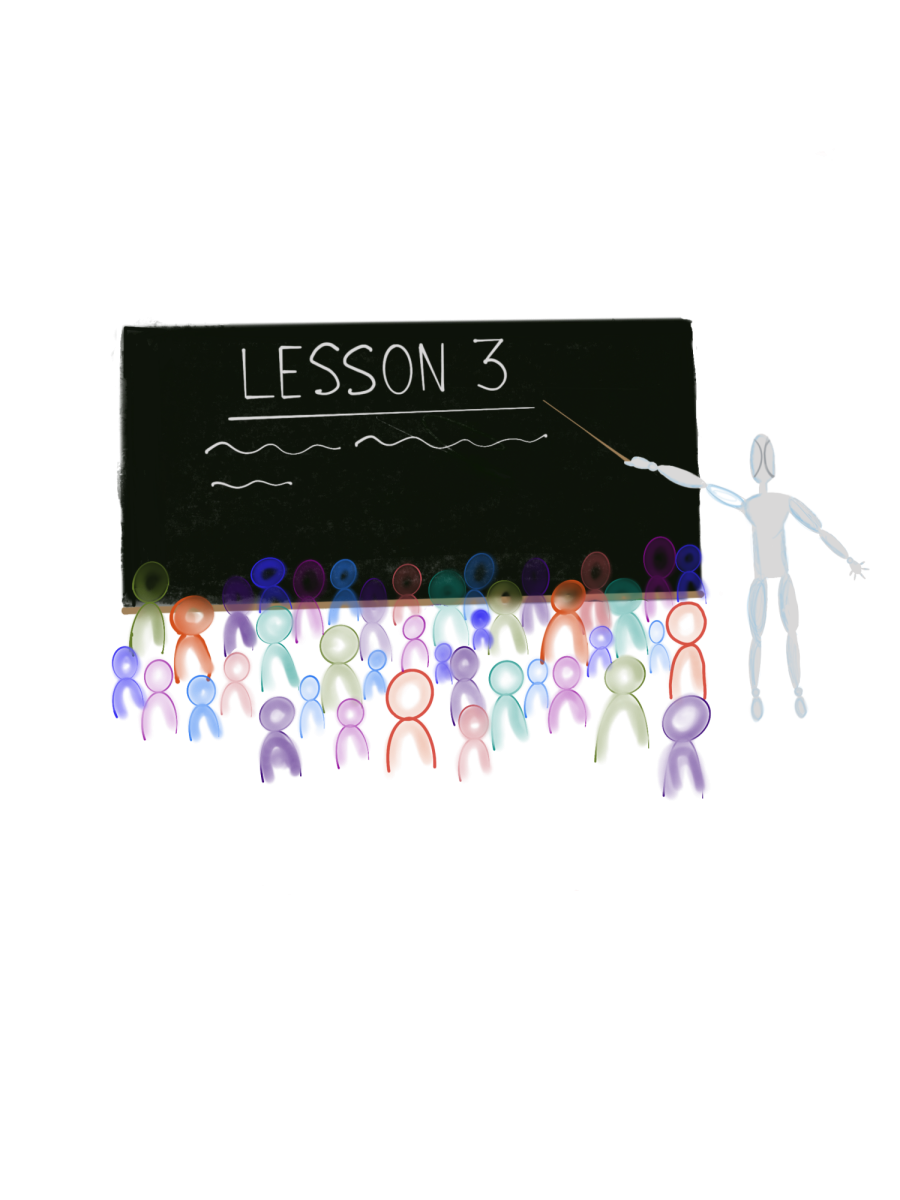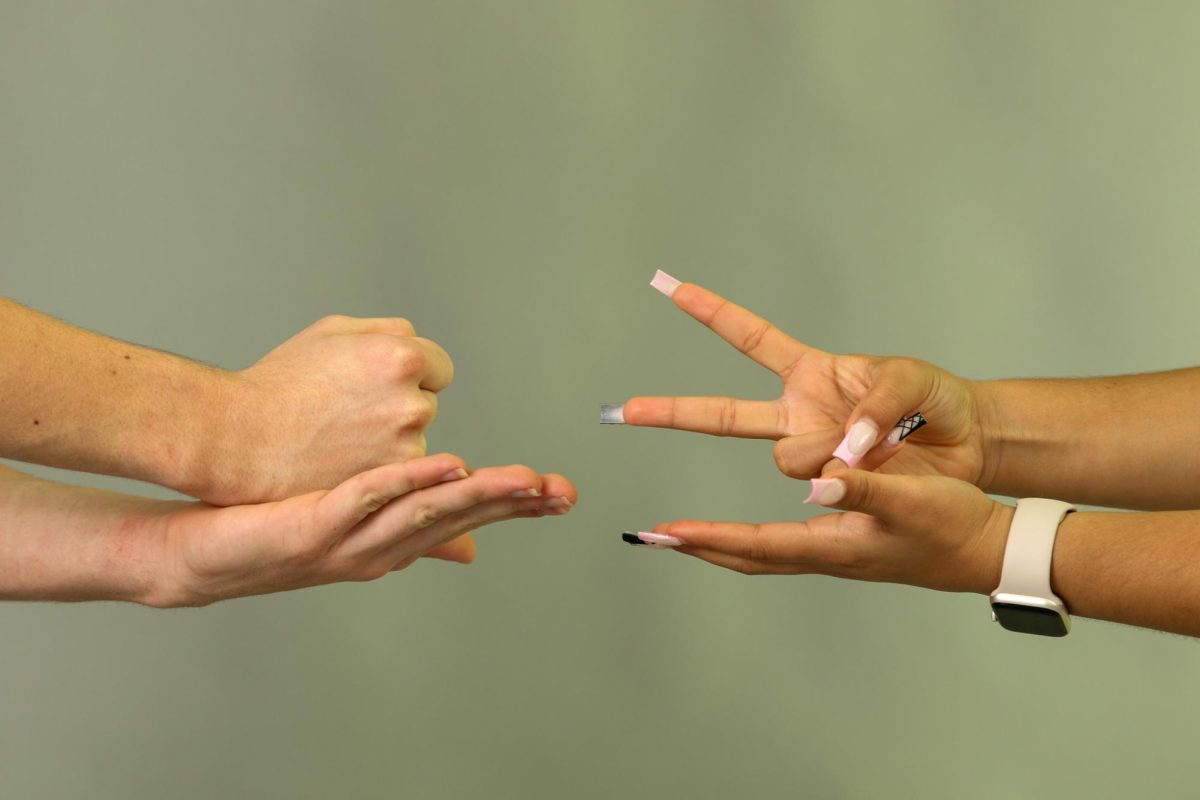A girl struts down a hallway in high heeled boots and a preppy uniform. She makes a witty remark to a stylish boy leaning against a locker, flips her perfectly curled hair, and makes her way to first period. No, this is not high school. This is an episode of Gossip Girl.
America’s youth is growing up in an era of an entertainment industry filled with actors in their late 20s being cast as high school students. Young viewers are idolizing their favorite “high school” characters, who have actually spent hours being primped and perfected by beauty professionals.
Hollywood’s sets have been infiltrated by mid-20-year-olds leaning against lockers with empty backpacks on. Take for instance, everyone’s favorite friendly neighborhood superhero, played by Andrew Garfield in “The Amazing Spider-Man.” Garfield, who was 27 years old at the time, portrayed a 17-year-old character. Additionally, Michael J. Fox, who played Marty McFly in “Back to the Future,” was 24 when he filmed the role, despite the fact that he was embodying a 17-year-old.
Hollywood acts as a filter: a stranger to awkward stages, appliances, and most importantly, acne. Think about it: have you ever seen a character on “Riverdale” with a stress pimple? Even with a killer on the loose, the high schoolers look like they’re in a Neutrogena Facial Cleanser commercial. Hollywood bends reality, altering the image of a normal high school student in order to attract more viewers.
However, with increased ratings comes increased societal pressures for the youth. Teens are held captive by their television screens, perpetually questioning why they aren’t able to imitate Troy Bolton’s heartbreaker hair, or Tori Vega’s killer eyebrows. Put simply, these fictional manifestations of teenagers don’t have bad hair days or breakouts during testing season; normal high school students do.
This phenomenon occurs on a platform that is widely accessible by the youth. According to the American Heart Association, 60 percent of teenagers spend 20 hours per week sitting in front of a television screen. One-third of teens spend close to 40 hours per week, and about 7 percent are exposed to 50 hours each week. High school students are spending significant portions of their daily lives absorbing everything that the entertainment industry films through a warped lens, believing it is normal.
Often, Hollywood’s “Fountain of Youth” effect goes unnoticed by high schoolers. Consequently, teenagers are perplexed when they see their age group being portrayed by actors who are years past their awkward stages. Beyond being simply unrealistic, the glorified image of what adolescents look and act like contributes to the ongoing pattern of self-depreciation and insecurity within teenage generations due to its sheer inaccuracy. According to a study conducted by The National Institute on Media and the Family, 53 percent of young girls are unhappy with their body image. The same study found that at age 17, the percentage jumped to 78. From part-time jobs to loads of homework, adolescents are far too familiar with inconceivable expectations. However, Hollywood altering society’s perception of what a teenager should look or act like is making the transition from child to adult even more difficult to manage.
Essentially, teenagers are being severly misguided by unrealistic standards set by the entertainment industry. High school students are not perfectly polished, or undeniably witty. And we definitely don’t lean against our lockers in between classes.



























































